The Art of Kinetics
Hello! I’m Dr. Bayly, and I’ll be helping you on your journey through The Universe Within. This module is called The Art of Kinetics! Do you know what kinetic means? Kinetics deals with the physical motion of objects due to forces acting on them.
In The Art of Kinetics, you’ll create the physical features of your world, and locate it somewhere within the solar system. You’ll make a clock, a sundial and a mini solar system with your planet in it as part of a Time-Space machine! In The World Exhibit you’ll have the chance to share with others all the wonderful things you invented and made with your hands.


Unit 2

20 videos

3 minutes long

Create Your Own World
Lesson 1
Today, you’ll create your own world. We’ll get started with matter and energy! Everything in The Universe is made of matter, which has mass and takes up space.
Unlike matter, energy isn’t made of anything. It’s a change agent that puts matter into action!
Start by deciding what types of matter and energy exists on your planet and build the base for your time space machine.
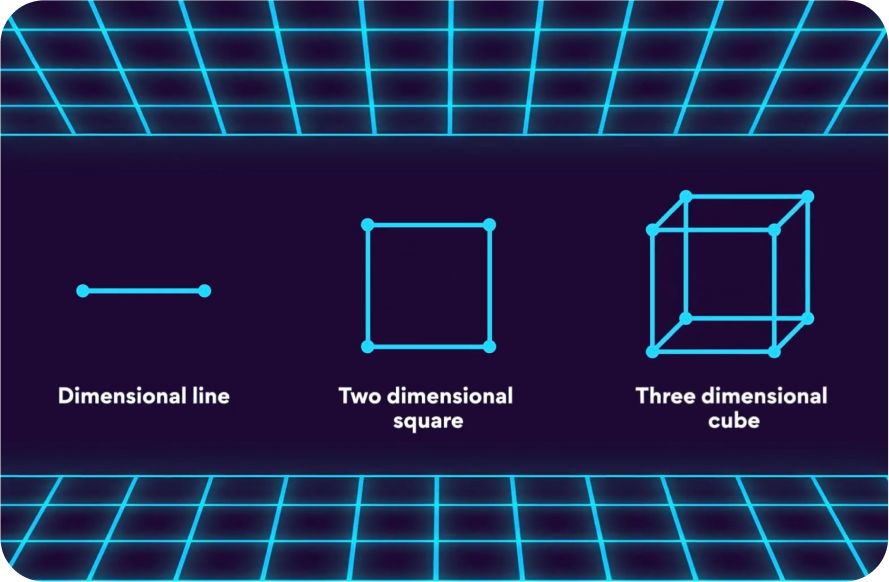
Enter The Time-Space Dimension
Lesson 2
Today, you’ll identify your time-space coordinates on Earth. All physical objects have threee “where” space dimensions and a fourth “when” time dimension. That’s right, time is the fourth dimension.
You’ll imagine a special event on your planet and decide where and when it took place.

Orbit In A Circle
Lesson 3
Today, you’ll decide how many Earth days it takes your planet to revolve around the Sun once. This will equal one year on your planet.
You’ll make a solar system with orbital paths for the Earth and your planet, and your moons if you have them, as part of the time-space machine.
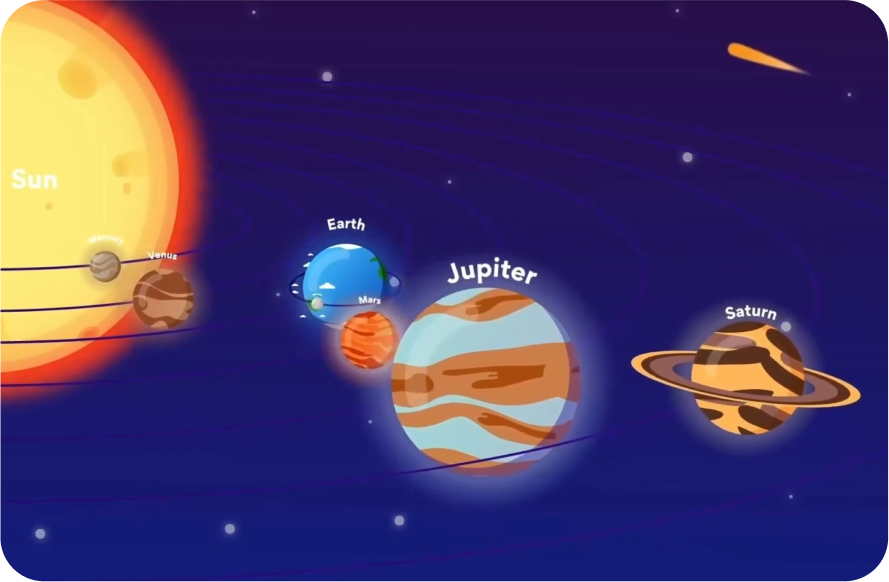
Rotate Round Your Center
Lesson 4
Today, you’ll make a clock for your planet. Look down at the imaginary axis of your planet to rotate around its axis once. This will equal one day on your planet.
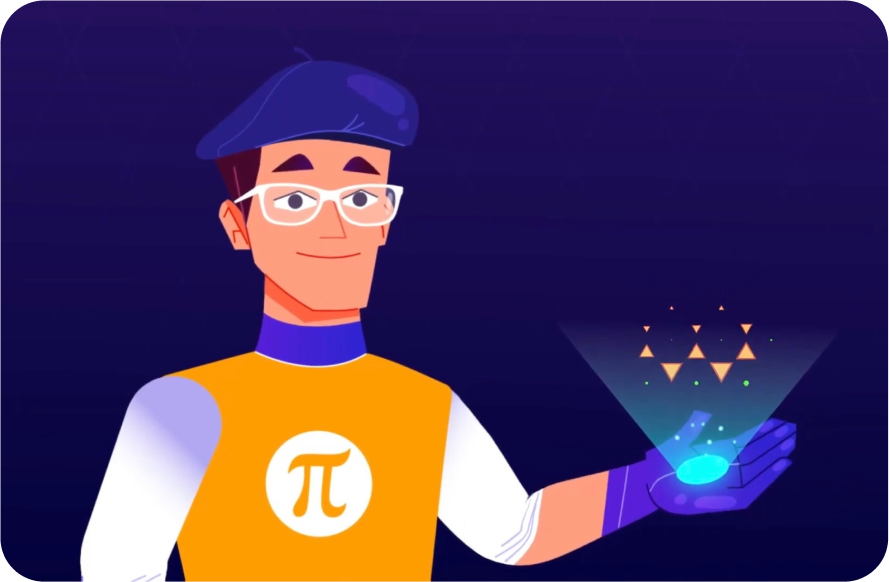
Define Your Boundaries
Lesson 5
Today, you’ll cover the top surfaces of your time-space machine’s rectangular base with polygon shapes.
Start by using one or two solid pieces of paper to cover the base. Use different colors for your polygon shapes, so that your pattern stands out!
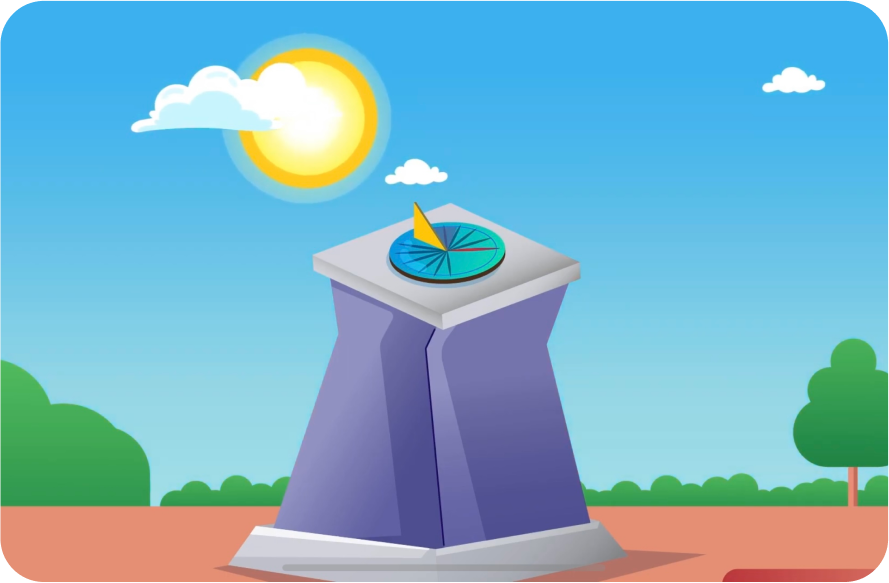
Make A Time Marker
Lesson 6
Today, you’ll make a sundial that marks the time of day.
When it’s time to create the time markers on your sundial, place your sundial in a safe place with plenty of sun. Mark times on your sundial with a ruler and pen or pencil during different times of the day.

Move From Simple To Complex
Lesson 7
Today, you’ll begin to assemble the complex time-space machine. Machines help us increase our mechanical power. There are simple machines and there are complex machines.
Notice what simple machines are used to make your time-space machine, and what simple machines are part of your complex machine.
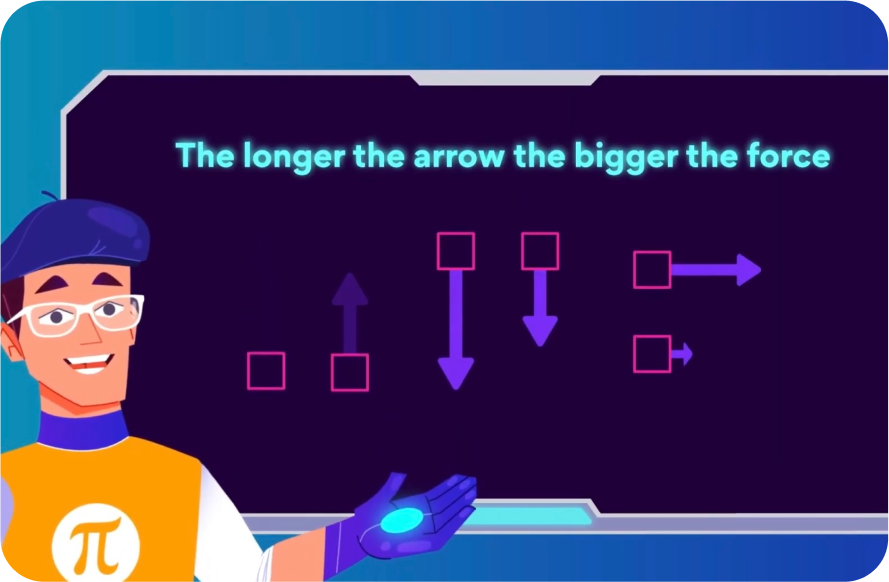
Become A Force Of Nature
Lesson 8
Today, you’ll identify different kinds of push and pull forces. When objects interact with each other, they exert force on each other. Forces may stop, slow, speed up and change the direction of an object.
They can even change the object’s shape! Then you’ll add the string to your time-space machine’s pulley system to get it moving!
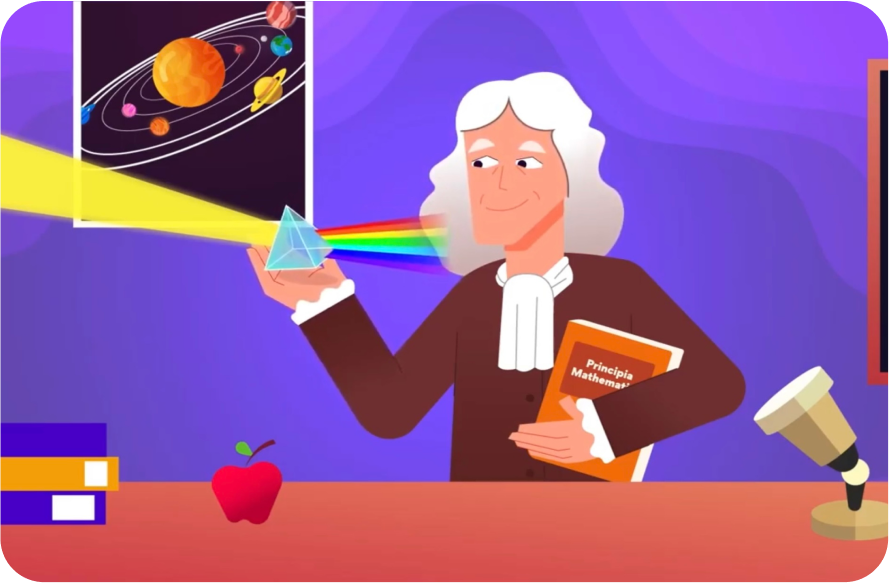
Discover The Notion Of Motion
Lesson 9
Today, you’ll experiment with stationary and moving objects. See if you can notice their inertia, or internal resistance to change. Think about the internal resistance of large bodies.
How much force would it take to free a rocket from Earth’s gravitational force? What kind of force would it take to stop the earth from rotating on its axis or revolving around the Sun?
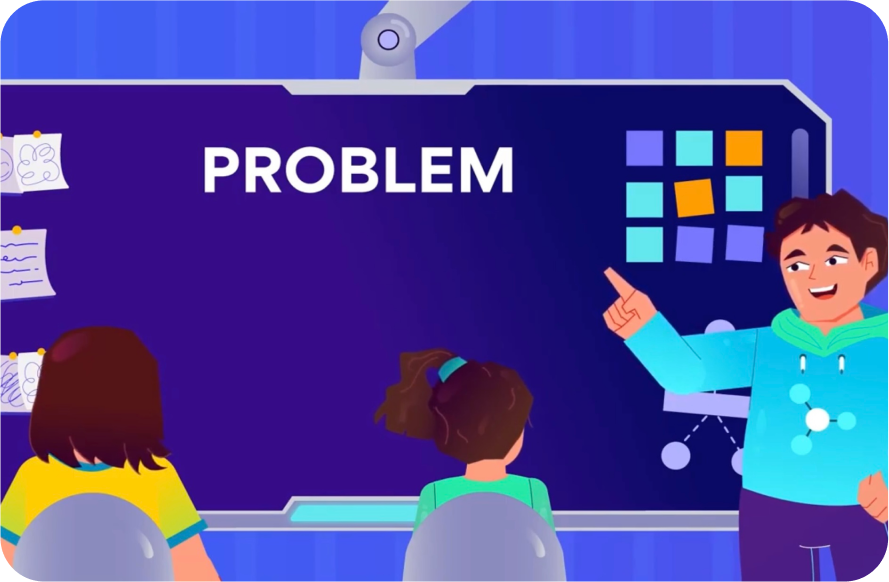
Imagine Shapes In Space
Lesson 10
Today, you’ll use divergent thinking to imagine what shapes look like in different positions. Manipulate the shapes on the computer by rotating them and zooming in or out to discover unique angles and perspectives.
Try to make connections between what you see on the screen and real world objects they remind you of.
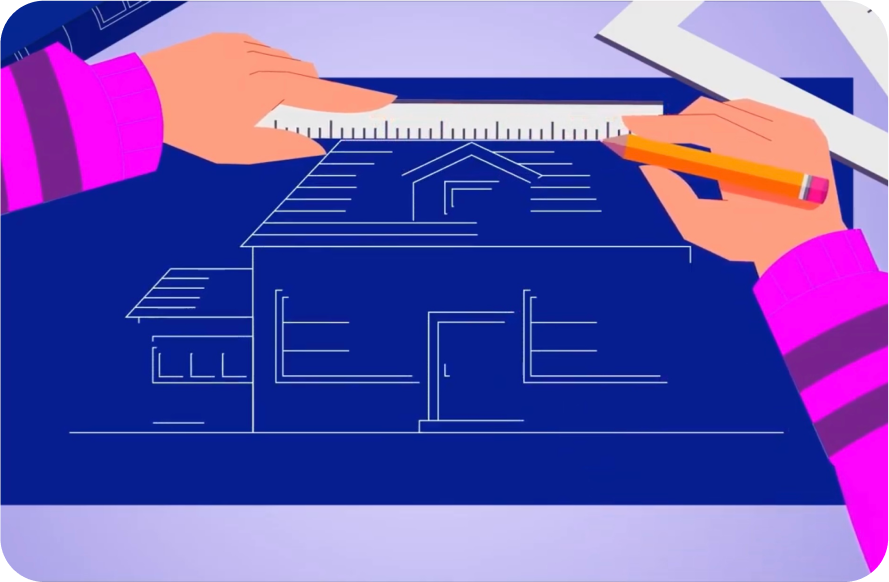
Model Your World In 3D
Lesson 11
Today, you’ll use a 3D CAD program to design your world. As you begin to design, consider what creatures, textures, locations, weather, landscapes and objects represent your unique planet.
Use the software to model your world in a way only you can imagine.
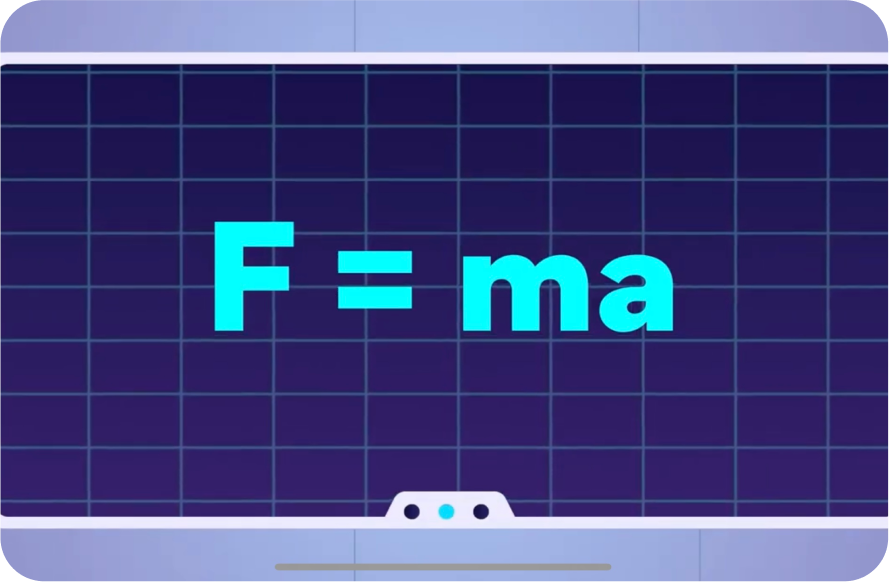
Pick Up Your Speed
Lesson 12
Today, you’ll play around with forces and mass to see how objects accelerate. The acceleration of an objects is directly proportional to its force. Double or triple the force on an object and its acceleration will do the same.
When it comes to mass, the acceleration of an object is inversely proportional. One value increases and the other decreases.

Write A Circular Story
Lesson 13
Today, you’ll write a short story that takes place somewhere in your world. You’ll use a Circle Story structure to guide you through the process of creating a series of unfolding events.
You’ll be the main character and tell the story from your perspective.
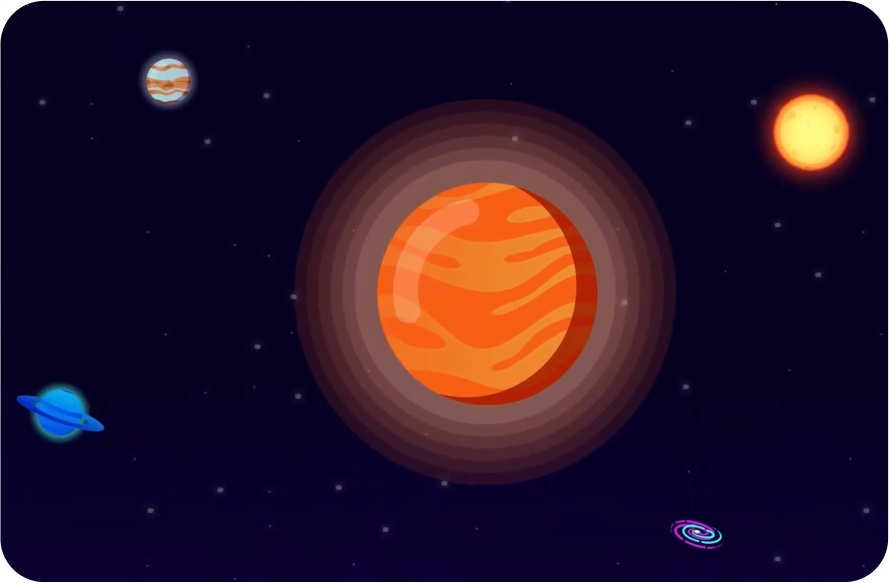
Interact With Opposite Forces
Lesson 14
Today, you’ll identify action-reaction forces that have equal magnitude and opposite direction. Notice the point where two objects interact.
Identify the set of equal push or pull forces at that point. Watch the resulting opposite direction the objects move.

Play The Game Of Motion
Lesson 15
Today, you’ll play a game where you identify which laws of motion are being represented. For laws one and two, look for the state of motion of a single object.
For law three, look for interacting forces between two objects.
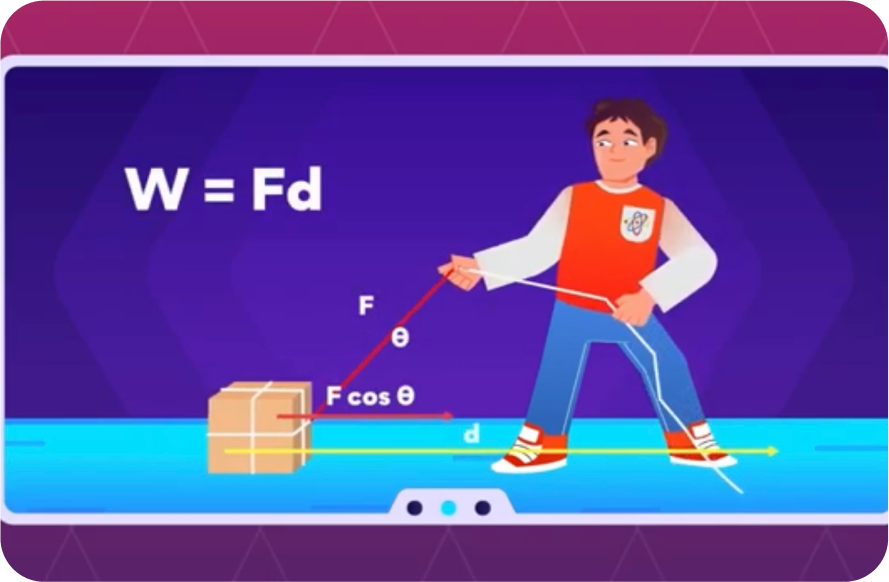
Put Your Machine To Work
Lesson 16
Today, you’ll experience work and kinetic energy in action. Start by identifying all the forces at work in your time-space machine.
As you apply your force on the hand crank, notice the kinetic energy that’s being transferred to different parts of the machine. Make any mechanical changes to your machine to improve its motion.
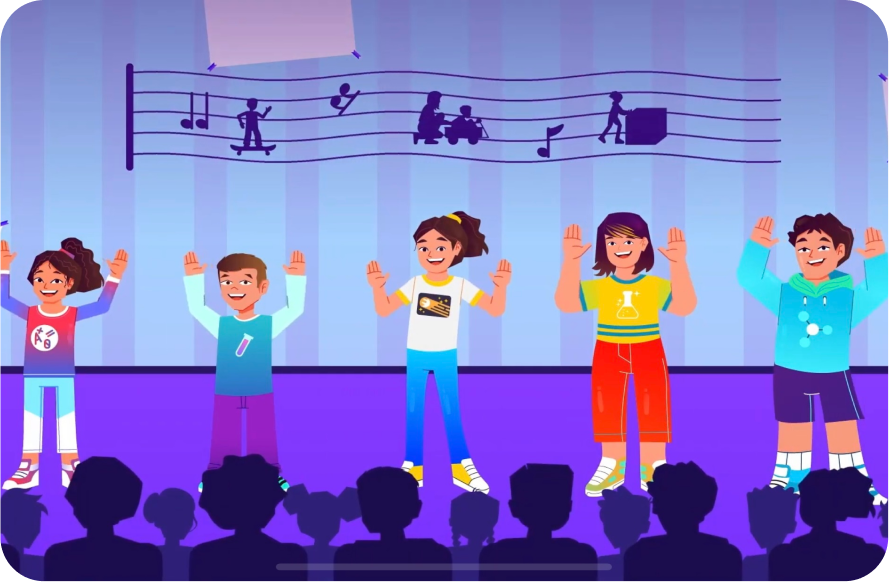
Design Your Group Exhibition
Lesson 17
Today, you’ll make a schedule and room layout for your group exhibition. For the schedule, decide the total time of the event, then give each major activity and start and end time.
For the room layout, map out different parts of the room for specific purposes such as work display, demonstrations, performances and audience seating. The main thing is that you engage and inform your audience about the physics of the amazing world we live in.
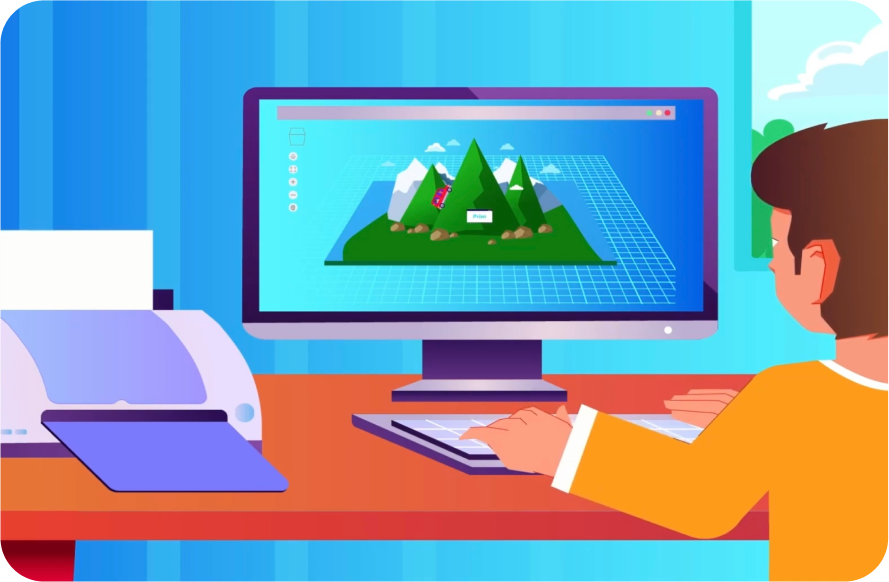
Create Your Own Space
Lesson 18
Today, you’ll create your personal space for The World Exhibition. Start by looking at all you’ve learned and created during The Art of Kinetics. Is there an interesting fact about your planet that you’d like to share?
Consider using different mediums, or multimedia, in your display. You can combine print, digital, text, audio and video.
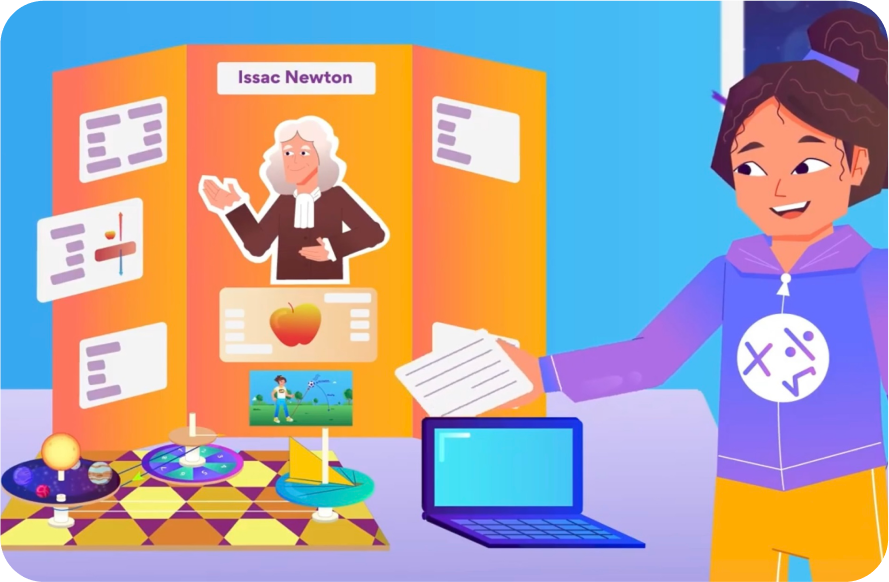
Set The Stage
Lesson 19
Today, you’ll set the stage for The World Exhibition. You have a great group of exhibitors – that’s you. You’re each showing you individual exhibits as part of a larger group of exhibition. Start your rehearsal from the beginning. Practice making your group entrance.
Be sure to get into character. Most of all, get ready to move the audience with the wonderful world you’ve created during The World Exhibition.

Showcase Your World
Lesson 20
Today, you’ll share the amazing world you’ve created in The World Exhibition! Get ready to let your work shine and share what you’ve learned about motion. Don’t be nervous. Relax and have fun!
Once you’ve showcased your world, reflect on what you learned in The Art of Kinetics and what it felt like to be a world-builder.
